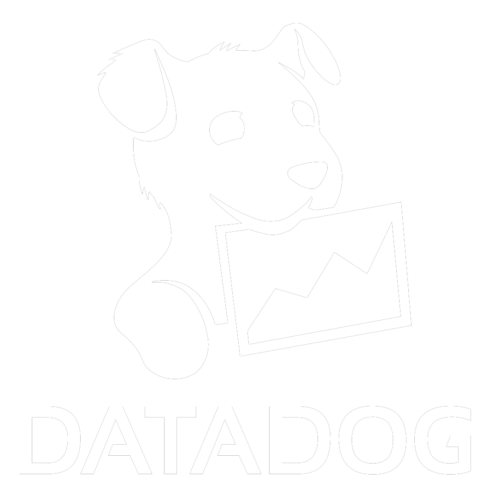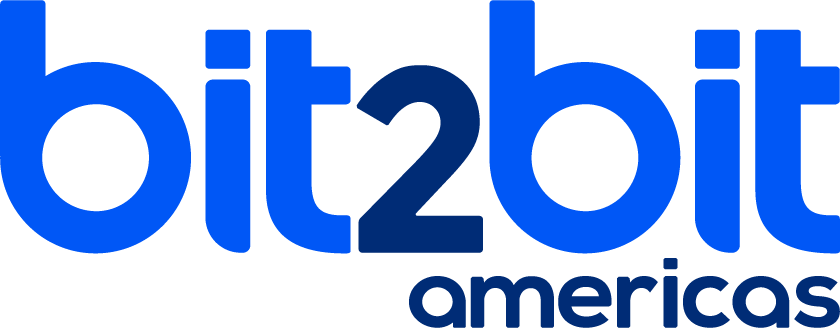

We are partners of Datadog
We are excited to announce our Partnership with Datadog, an essential monitoring and security platform for cloud applications, which gathers end-to-end metrics and logs to make applications, infrastructure and third-party services fully observable. These capabilities help companies protect their systems, prevent downtime and ensure customers get the best user experience.

As a Basic Tier Partner, we are in charge of developing this partnership by offering our clients services focused on datadog subscriptions and implementation of observability solutions. We will work together with Datadog to provide essential and reliable solutions to your organization.
If you want to see more of what we do, click here.
Share this:
Related news
News
Important pricing updates for Atlassian Data Center. Last Tuesday, January 16, Atlassian announced a price increase in its...
News
Power, improve and monitor your company's IT services. Learn more about the Atlassian ITSM solutions we have at bit2bit Americas.



